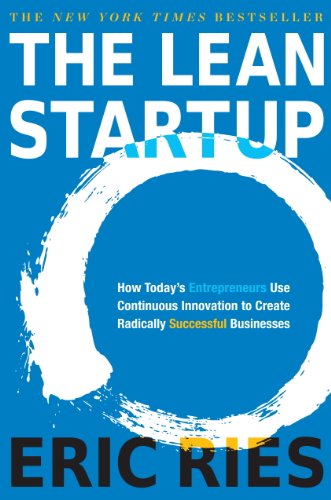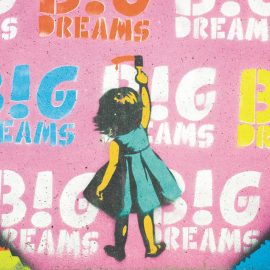

This article is an excerpt from the Shortform summary of "The Lean Startup" by Eric Ries. Shortform has the world's best summaries of books you should be reading.
Like this article? Sign up for a free trial here .
What is lean experimentation in a startup? How do you run lean experiments to learn more for your company? Learn the tips from Lean Startup.
Introduction to Lean Experimentation
Lean Startup methodology treats building a startup as science:
- Create a hypothesis. What do you believe that’s important to your business?
- Design an experiment to directly test that hypothesis. Run the experiment and gather data.
- Reflect on the data – can you validate or reject your hypothesis?
Your hypotheses should revolve around the most important problem of a startup – how to build a sustainable business around your vision.
Principles of Lean Experiments
Later we’ll cover more tactics around how to actually design and test hypotheses in lean experimentation, but here are important principles to remember throughout.
In lean expreiments, the best way to understand human preferences is to track behavior of real people, not ask for opinions. People often can’t verbalize what they actually want – cue the classic apocryphal Henry Ford quote, “If you asked people what they wanted, they’d have said faster horses.” But when they click a button or pull out their wallets, you know they really want something.
Think about the cheapest, fastest lean experiment you can run to validate the hypothesis. Simplify the product to the core essentials needed to run the experiment. Resist the urge to build more than is absolutely necessary – as you’ll learn, sometimes you can fake it ‘til you make it without a real product.
Launching early gives you more customer information earlier. You learn earlier if customers actually want what you’re building. You also discover customer concerns you couldn’t have predicted in a vacuum.
This is in strict contrast to the usual market research/strategic planning process. Traditionally, you would try to research everything possible about your core user, then build your product to polished perfection, then release with a big launch party. As you saw with IMVU, this invites failure when you build something customers don’t even want.
We’re going to run through a few examples of lean experimentation showing these principles at work. Notice how the same underlying principles apply to vastly different companies and scenarios.
Lean Experiment: Village Laundry Service
In India, washing machines are scarce. Laundry is primarily done at home or by paid cleaners who wash clothes in river water and hang to dry, often taking over a week to return clothes.
At startyo Village Laundry Services, Akshay Mehra saw an opportunity to introduce laundry services with modern machines for people who couldn’t afford them. Their hypothesis to run lean experiments on?? Customers would pay to have their laundry cleaned and returned within the same day.
To experiment leanly, they launched a simple prototype – a truck with a washing machine mounted on the back. This was just a marketing gimmick – they really took the laundry somewhere offsite and cleaned it there. But it was just enough to test their hypothesis with real customers and find out what they really wanted.
For example, they learned that the truck was actually kind of sketchy looking – customers were afraid they’d drive away with their clothes, never to return. In response, they built a more substantial, reputable-looking kiosk. They also found that customers were willing to pay a premium for faster service and ironing.
Through all their validated learning and lean experimentation, Village Laundry Services ended with their final version – a mobile kiosk with its own washer and dryer that could service clothes on site.
These two examples seem vastly different on the surface. One was leading the forefront of e-commerce during the dotcom boom. Another was introducing convenience to a developing region.
But the lean experimentation principles were the same:
- They formed a hypothesis about the core customer need that would drive their business.
- They started with the bare minimum product needed to test the hypothesis.
- They studied real user behavior by observing their actions, not simply by asking questions.
- From this baseline, they could experiment further.
———End of Preview———

Like what you just read? Read the rest of the world's best summary of "The Lean Startup" at Shortform . Learn the book's critical concepts in 20 minutes or less .
Here's what you'll find in our full The Lean Startup summary :
- How to create a winning Minimum Viable Product
- How to understand how your startup will grow
- The critical metrics you need to track to make sure your startup is thriving






